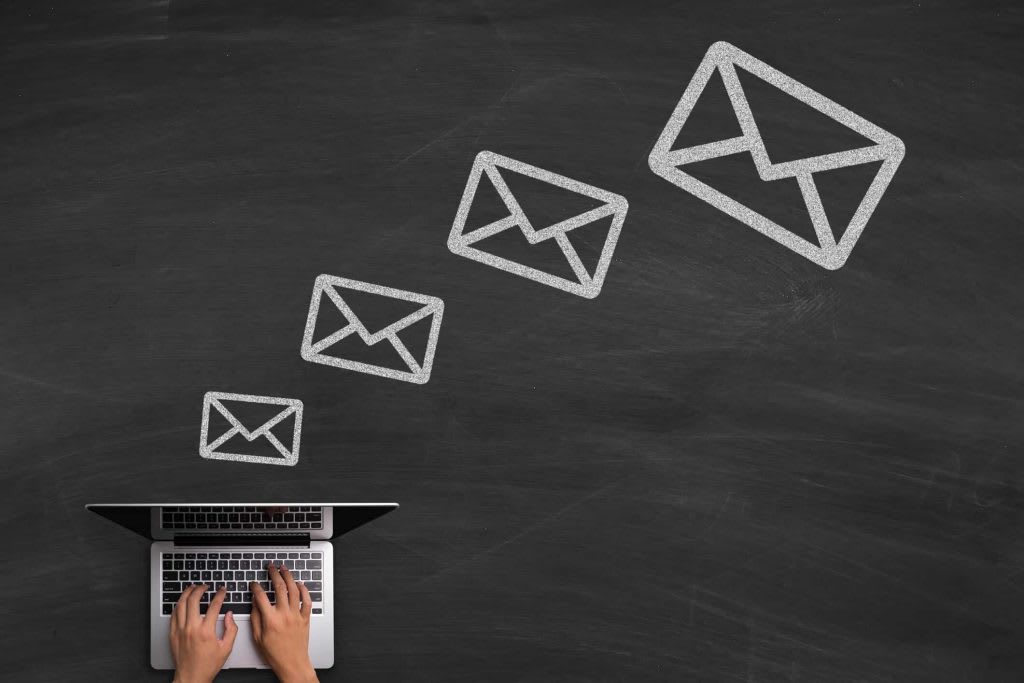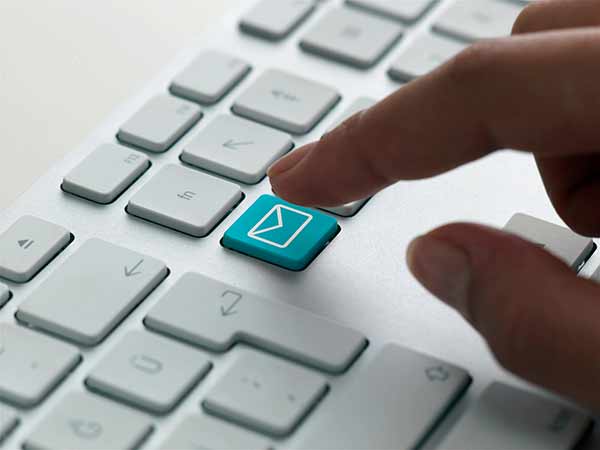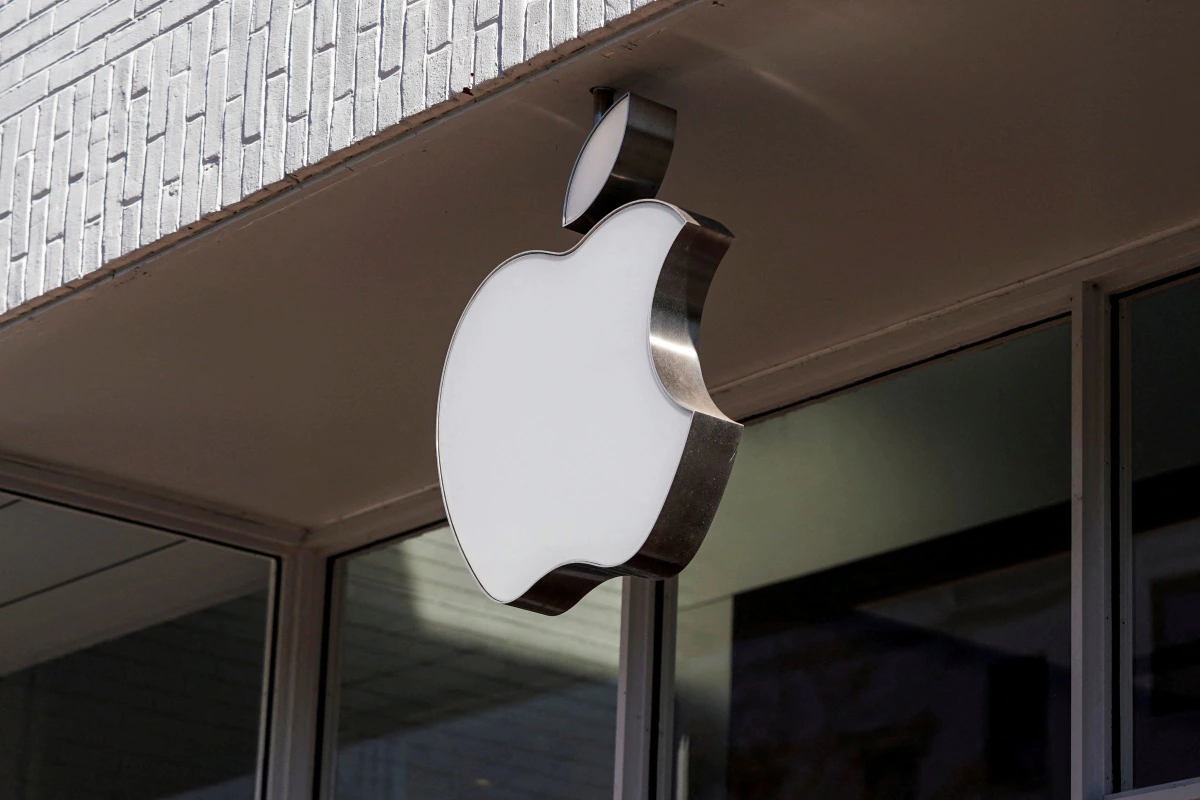
Lifecycle emails can make eCommerce stores more successful. Not only do they boost store profits, but they allow you to build relationships with customers.
It’s a simple strategy a lot of stores are doing—just buy anything online and see what kind of email you get. But not a lot of stores are doing it well.
In our recent Driving Sales With Lifecycle Emails webinar, Chris Lema, the VP of Product at Liquid Web, and Beka Rice, the Head of Product at Jilt, shared their insight on lifecycle emails.
Liquid Web’s Managed WooCommerce Hosting comes standard with Jilt, enabling you to begin creating an effective yet automated email strategy immediately.
What Is a Lifecycle Email?
Lifecycle emails are any email sent in response to customer behavior. The goal is usually to engage customers throughout their journey with your store. So these include welcome emails, purchase confirmation emails, discount emails, etc. Lifecycle emails are geared to ensure people have the experience you want them to have.
The best way to do lifecycle emails it to make them automated yet personal. They should be timely and highly relevant to a customer as they’re shopping.
For Customers
Why do lifecycle emails matter for customers? They help customers shop. They can be a way to answer questions, learn more information, and get help with a purchase. The feedback a customer gives can actually improve a store, making their experience better next time.
If it’s done right, it’s helpful for customers. It’s definitely not spam.
(Savvy customers have also figured out it can be a good way to get a discount!)
For Stores
Why do lifecycle emails matter for stores? Email is a much more effective way to connect with people than other channels. It has a higher engagement rate, conversion rate, and average order value. It can offer scalable personalization thanks to segmentation and behavioral triggers.
You want every customer to have a good experience, and to do that you need to talk to them. Lifecycle emails allow you to connect with customers.
Types of Lifecycle Emails
There are a number of different kinds of lifecycle emails, from pre-sale to post-sale. Here are some of the basic types:
Abandonment Recovery Emails
You can save lost sales and discover problems with your purchasing process with recovery emails for abandoned carts. Almost everyone has heard the stat that 68% of online shoppers abandon their carts. This is how you can recover some of those sales or at least learn from the process.
Cart abandonment happens when customers put something in their cart but then never complete the checkout. They may have had issues checking out. They may have run into unexpected costs. They may have simply been browsing and weren’t quite ready to buy.

These emails should focus on customer service and the buyer experience. What went wrong? Why didn’t they check out? It’s a good opportunity to ask questions and provide some information. Maybe they had questions about your return policy and you can make sure that’s more clear as shoppers are checking out. It can also be an opportunity to offer a discount to entice those shoppers to come back and complete their purchase.
Tip: Don’t just offer a discount for whatever item a shopper had in their cart, offer a discount for a related item. This way you might get them back to buy both the original item and the related item. It can also still be a relevant offer if they went somewhere else to buy the original item. In that case, a discount for the original item—which they already bought somewhere else—wouldn’t be enticing, but a discount on a related item might just bring them back.
Welcome Emails
This is an opportunity to start building a relationship with a customer. It might be triggered by a customer joining an email list or making a first purchase.
People getting this email have already made one commitment to your store (which triggered the email), now try to get them to make another commitment.
Compare it to an in-person interaction with a customer—you don’t want to be too pushy. This is a good time to ask a question that isn’t selling anything. You might collect some helpful data that will change what future emails you send to this person.
Tip: Don’t auto-send this email too close to other emails. If they get a receipt or an order confirmation immediately followed by a welcome email it can seem unnatural. It underscores the fact that these emails are automated. People will know that anyway, but you don’t need to make it obvious.
Order Confirmations
Stores often waste this email, but it’s a huge opportunity. These emails have great open rates, and people will even open them multiple times, so it’s a good chance to offer some sort of engagement.
A store could do up-sells or cross-sells, or offer a discount here instead of sending a separate email.
Tip: If your store has any type of membership component, this is a good place to promote it. Take advantage of the high open rates to push a profitable offering that will encourage customer loyalty.
Feedback Request
Getting feedback from customers can improve your products and customer experience, while also gathering social proof or reviews. But make sure it happens in context. It should come shortly after a customer has made a purchase, but not too quickly.
Ask the customer if they love the product. If not, ask how you can fix it.
Tip: Don’t ask for feedback and do nothing. Implement those suggestions. And then let the customer know you took their advice and made changes. Closing that loop will make a big impact on the customer.
Bring Back Inactive Customers
Re-engaging inactive customers can be a big win to both boost profits and increase customer engagement. You’ve already done the work and built the trust to secure this customer, so why not see if you can get them to become a repeat customer?
Some stores assume their customers are not repeat buyers, so they don’t bother to re-engage them. Don’t just assume that. Give it a try. If you’re going to lose them anyway, it’s worth a shot. Typically these lifecycle emails have a 10% success rate, so that’s income and customers you’d otherwise be losing.
Tip: Discounts are common for this type of email. But go a step further. Give the customer a coupon to encourage them to come back, but also give them a huge discount that only a friend can use. Not only will you entice the original customer to come back, but you’ll be turning them into evangelists and bringing in a new customer. That’s a win-win!
Like what you’re reading? Subscribe to the Liquid Web Blog to get more great content straight in your inbox.
More With Lifecycle Emails
There’s always more you can do with lifecycle emails. Here are some options for taking lifecycle emails to the next level:
Reward VIPs
Create a VIP program to thank and reward your most loyal customers. You can give them special discounts or offer insider details. Set a threshold for what it requires to be a VIP, whether it’s based on the number of orders or total amount spent.

Tip: Entice people to become VIPs by telling them when they’re approaching VIP status. An email telling customers to “spend $75 more and become a VIP” can really pique their interest.
Replenishment Email
For any product or service that customers need repeatedly, a replenishment email can be a good way to remind them. This can be for products such as toiletries, pet food, or air filters, as well as services like hairdressers, dentists, or massages. It’s a helpful reminder that customers will appreciate.
Tip: Don’t just send the email once at the end of a replenishment cycle. Send it after several cycles. If they’ve gone somewhere else, that regular reminder might lure them back.
Thank Repeat Purchasers
When someone has ordered from you multiple times, they’re a loyal customer in the making. Tell them you’ve noticed and thank them for coming back.
Tip: This can be an opportunity to cross-sell related items. Try offering something relevant that they might need anyway.
Learn More
The best way to do more with lifecycle emails is to see what other stores are doing. A lot of high-end products and services have really good customer follow up.
You can also check out Really Good Emails to see real examples.
Finally, go shopping at other stores. Seriously! Put something in your cart, abandon it, and see what happens.
Take note of how different stores try to lure you back.
Care About Customers
Lifecycle emails are all about empathy. You want to understand your customer, put yourself in their shoes, and see how that customer journey works. Then look for ways to make it better.
It’s easy to get into a rut of thinking the customer experience has to be a certain way because of whatever limitations you have, whether it’s technology or staffing or budget. That mindset can be creating a customer experience that’s costing you money. Investing in that process can pay for itself in returning customers and increased orders.
But you get there by caring about the customer.
This is how all the great brands build loyal followings. They begin with a great product and keep customers coming back with a great experience.
For more help and insight with lifecycle emails, watch the full webinar with Chris Lema and Beka Rice.
Ready to Get Started?
Let Liquid Web take the hassle out of hosting while you build an effective lifecycle email strategy. Try a free demo and test your site to see just how much faster it will run on the Liquid Web Managed WooCommerce Hosting platform.
[ad_2]
Source link






